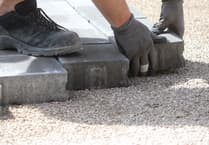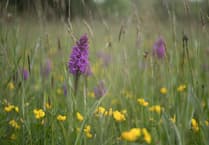Findings from the River Usk have revealed that young salmon are facing serious barriers in their efforts to migrate downstream.
Smolt is the name given the stage in a young salmon’s life when it migrates to the sea in spring time.
Atlantic salmon spend their juvenile phase in rivers before migrating to sea to grow and mature, before returning to their river of origin to spawn.
The Chronicle reported that there was optimism for this year’s results following 2024 electrofishing figures returning a surprising amount of young salmon in the river.
However, Natural Resources Wales (NRW) has been tracking the passage of fish through the river during this crucial period of their lives, and have found that smolts are facing difficulties overcoming weirs and other man-made barriers in the river.
The River Usk Smolt Telemetry Project is part of NRWs Salmon and Sea Trout Plan of action.
“With specialist equipment and software, we can now use fine scale tracking to plot the movements of individual fish at the weir face.”
“This allows us to see how they pass over the weir in its current form, and how they will use the new smolt pass when installed, ensuring it’s working as expected.”
Atlantic salmon were reclassified from ‘Least Concern’ to ‘Endangered’ in Great Britain, with a projected decline of between 50 and 80 per cent for the period between 2010 and 2025.
The river is a Special Area of Conservation, meaning it is of international importance for its wildlife including Atlantic salmon, lamprey, shad, bullhead, otter and water crowfoot.




Comments
This article has no comments yet. Be the first to leave a comment.